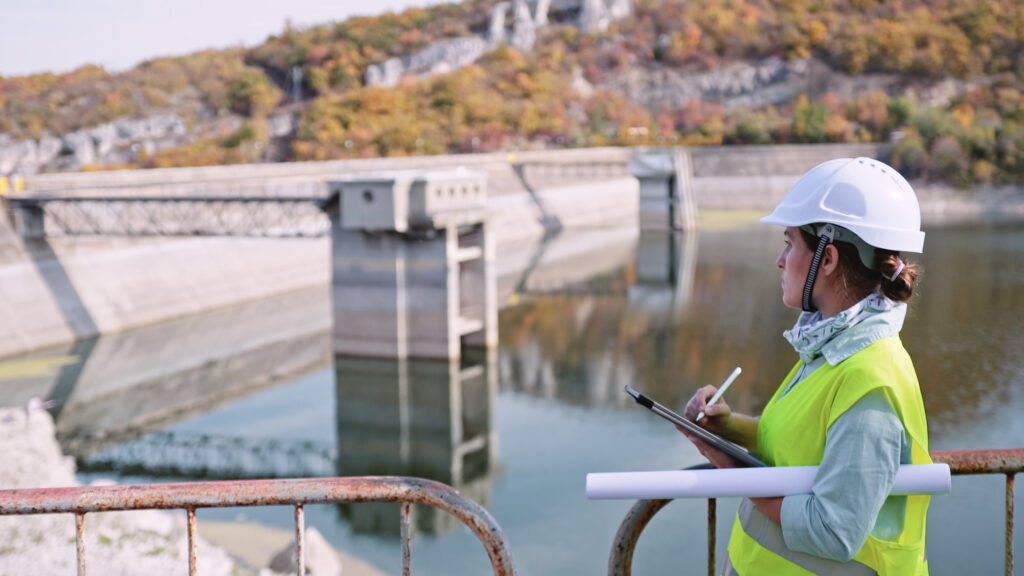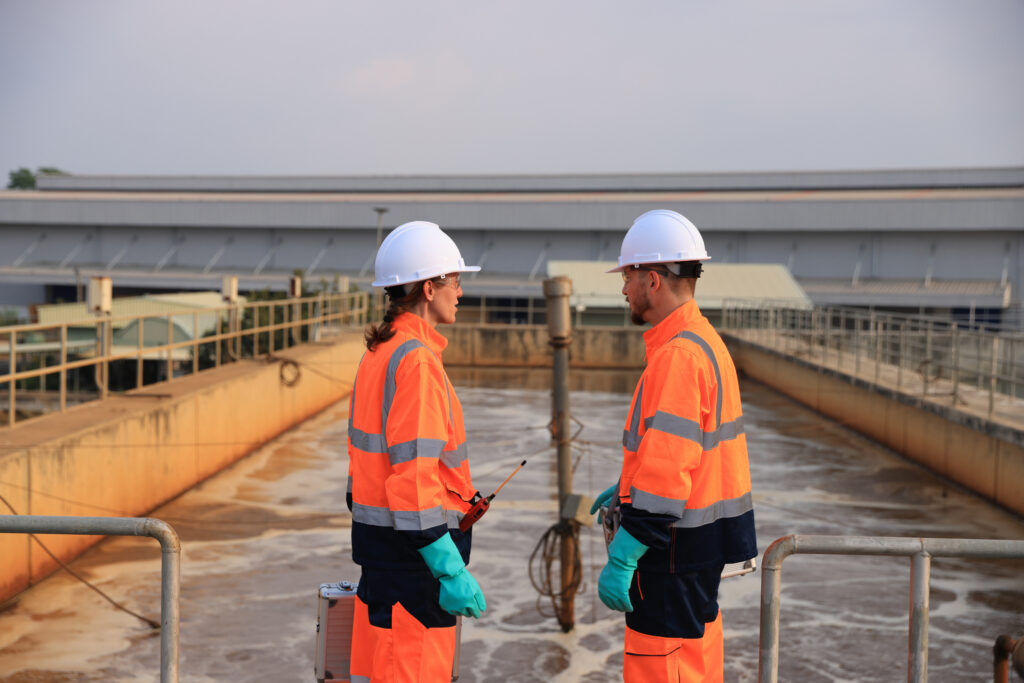
Addressing Water-Related Challenges Through Advocacy and Standards Development
International Code Council joins industry-defining pledge to tackle both water scarcity and antimicrobial resistance.
This article was originally published on Plumbing & Mechanical Magazine. You can view the original article here.
As the caretakers of services that impact the water we use to drink, wash, rinse and flush, plumbers are at the forefront of health and safety within their communities. Their importance cannot be understated, and as we face new water-related challenges, plumbers will become even more critical to the future of water use.
Antimicrobial Resistance and Water Scarcity
The rise of antimicrobial resistance (AMR) is a current threat, and plumbers will be involved in mitigating the associated risks. As the name suggests, AMR pathogens are microorganisms that have a greater resistance to antimicrobial medicines. AMR pathogens can potentially travel through water fixtures, including the faucets used to wash hands and dishes, and may even spread through toilet plumes.
Water scarcity and water stress are other major problems that must be addressed. While it has been talked about at length for many years, water stress remains a significant challenge that continues to outpace the ability for old solutions to mitigate. Virtually every country is affected in one way or another, including countries that aren’t typically associated with water scarcity issues.
The United Kingdom is currently facing a leaky toilet crisis that, per the BBC, wastes billions of liters of water every week. The average leak wastes 200-400 liters per toilet per day while some waste as much as 8,000 liters per day. Between the growth in population (which has led to an increase in water use) and the unintended increase in water waste, there are concerns that parts of the UK could run out of water in 20 years if water waste is not reduced.
Water scarcity stretches far beyond leaky toilets and primarily impacts parts of the world that experience drought and areas that lack proper sanitation. According to UNICEF, four billion people experience severe water scarcity for at least one month each year, and by 2040, approximately one in four children worldwide will be living in areas of extremely high water stress.

Water-related Standards Development
While the cause of a particular issue may differ in each nation, water scarcity and AMR are universal problems that threaten the health and safety of everyone on the planet. The International Code Council is committed to helping the plumbing industry overcome these challenges through the ongoing development of standards that address some of the common causes of water waste and water contamination.
1. Plumbing Systems in Healthcare Facilities – The Code Council is dedicated to reducing the risks to building occupants from plumbing systems in healthcare facilities. The new ICC 1670 Standard for Plumbing Systems in Hospitals and Healthcare Buildings will focus on water services (cold and heated) and sanitary drainage systems, providing holistic design, installation, inspection and maintenance requirements for both.
This new standard will be developed in response to the increased risks that building occupants face in hospitals and healthcare buildings, as many within these buildings are immunocompromised and more susceptible to illness and disease. Holistic consideration is especially important in developing new provisions and solutions – it is imperative that new problems are not introduced as others are resolved.
2. Private Sewage Disposal – Proper sewage disposal is also essential to human health, and many around the world do not have access to sufficient sanitation. In partnership with the University of Miami, the Code Council is developing ICC 825 Standard for Private Sewage Disposal Systems. With a changing climate in mind, this standard will provide a blueprint for how to better design and install private sewage disposal systems, such as septic tanks and effluent absorption systems, for extreme weather resiliency.
3. Pipe Sizing – Additionally, in partnership with the University of Miami, the Code Council is developing ICC 815 Standard for Sizing Water Distribution, Sanitary Drainage and Vent Piping Systems. Existing pipe sizing methodology was developed based on research from the 1940s, when homes had fewer toilets (or none inside the building), multi-family buildings were significantly smaller and fixtures used significantly more water.
Homes no longer need the oversized pipes that were required in the past. Oversized water supply pipes are wasteful and can increase the water age, which may lead to biofilm growth and, in turn, harbor opportunistic pathogens that can cause disease and illness. Proper pipe sizing can improve water efficiency and hygiene, reduce the likelihood of waste stranding and blockages and potentially significantly reduce construction costs.

Windsor Declaration
The Code Council is a proud signatory of the Windsor Declaration, an industry-defining pledge to tackle both water scarcity and AMR. The Windsor Declaration was part of the Windsor Summit, held at the UK’s Windsor Castle on November 1, 2024. Organized by the Bathroom Manufacturers Association (BMA), signatories have pledged their support through research and product development in reducing toilet plumes and biofilm growth, enhancing hand hygiene and developing touchless technologies that inhibit microbial growth. These manufacturers have also pledged to invest a portion of their profits into the research and development of new solutions.
Interested stakeholders from the plumbing and bathroom industry can learn more about the declaration and sign, here.
The Code Council has always believed that real change comes from collaboration – World Water Awareness and the Windsor Declaration offer valuable opportunities for the industry to collaborate, educate and make a meaningful impact.
Find resources on a variety of critical water issues, from global solutions for water scarcity to the evolving role of model codes in promoting water reuse, here.
This article was originally published on Plumbing & Mechanical Magazine. You can view the original article here.
To stay updated on the latest PMG industry news, subscribe to the Code Council’s PMG newsletter here.






